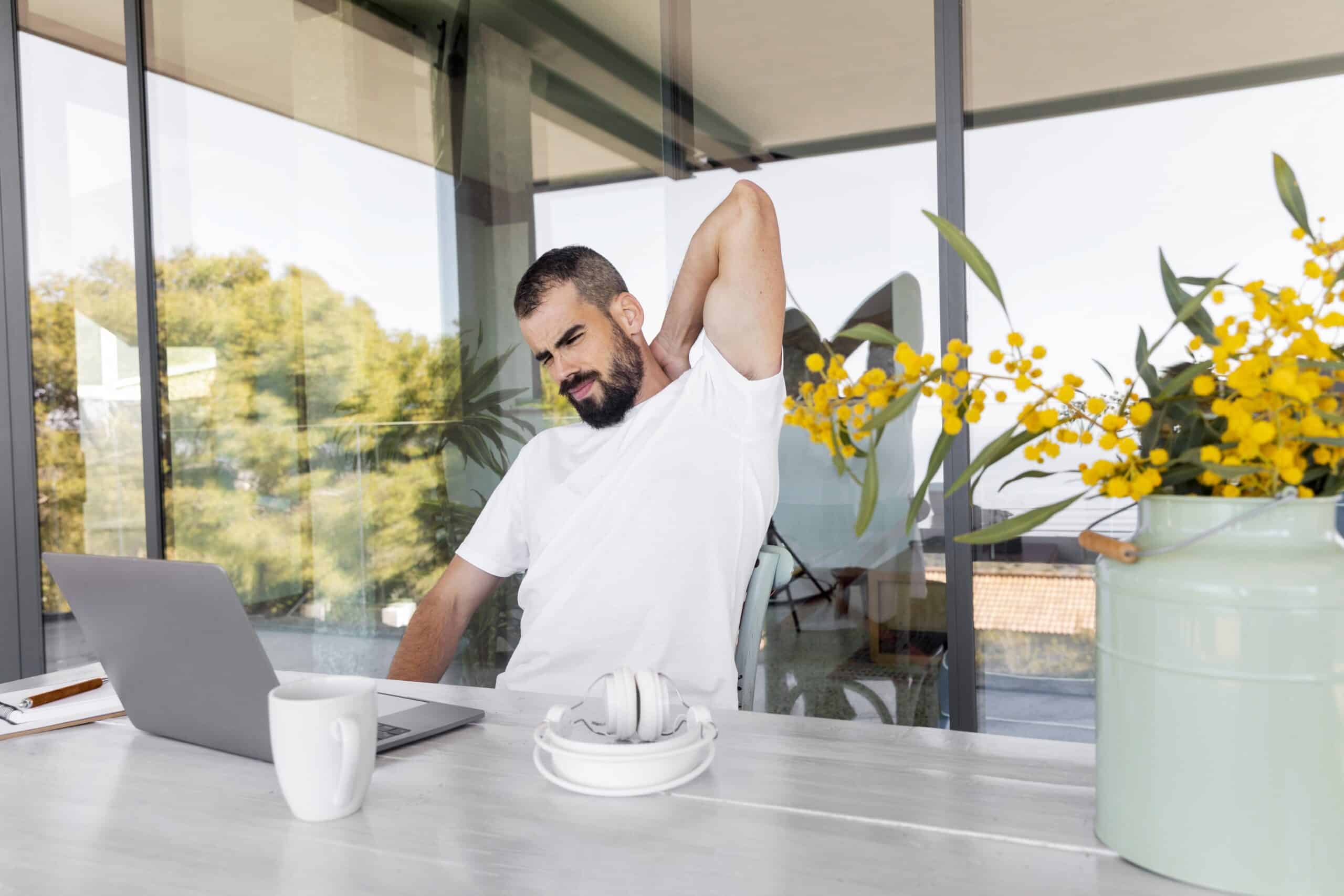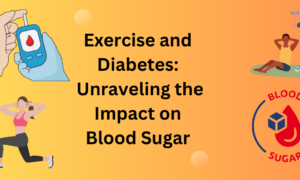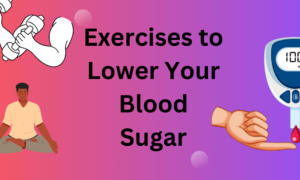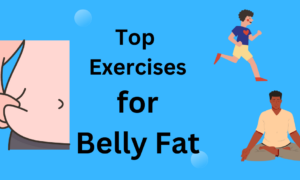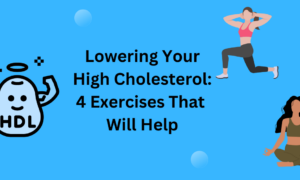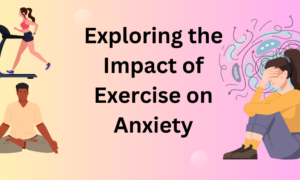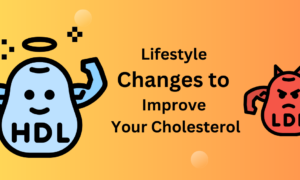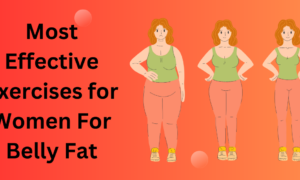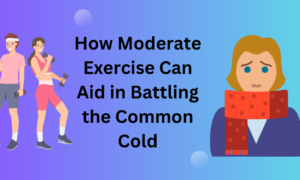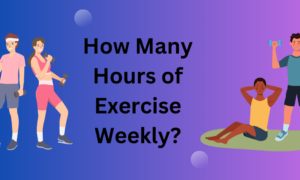Desk jobs might be paying our bills, but they’re detrimentally affecting our bodies in the hours we spend sitting. Nothing new, we all know the feeling of standing up after hours of sitting with tight hips, a stiff neck or slump. At 5 PM, a large contingency of desk workers might feel mentally shattered and physically sluggish —and that comes as little surprise. Hence, low-impact fitness pays an important role.
Sitting all day increases the chances of a variety of health issues such as back pain, weight gain, poor circulation and even mood dips. Hunching at the computer site throws you out of alignment over time, stifles your core and leaves you with no energy for everything else.
However, here is some good news — you do not have to change your way of living or add a complete gym routine. Even 15 minutes a day of the right kind of movement such as low-impact, purposeful, and desk-worker-friendly can do wonders in how you feel and function.
In this article, we will show some low-impact routines easy to follow for people who sit most of the day. You will discover how these brief sessions can help with creating an ideal posture, fluidity of movement and improved energy. Have a few minutes to refresh and re-energize your body in less time than it takes to scroll through those emails? Let’s begin.
Why Desk Workers Need Movement?

The reality is, our bodies were not meant to be sitting for at least 8 hours a day. Long periods of sitting are now the norm in our increasingly digital world, and they come at an unsurprising cost to your health. Hence, low-impact fitness plays a critical role.
The Science of Sitting
Sitting for extended periods will put your body in a minimal energy burn. The muscles like the glutes and core weaken and your hip flexors tighten too while the natural curve in your spine is compromised, leading to discomfort and stiffness. Additionally, it slows your metabolism and impairs the body’s ability to regulate blood sugar and break down fat. In the long-term, this leads to physical degeneration.
Common Desk Job Issues
The likely culprit for that lower back pain, neck stiffness, tight hips or rounded shoulders – is your desk. Sitting still for appropriately long hours of time and no more movement can also worsen the circulation, especially around the legs that could trigger varicose veins or blood clotting issues. Posture is another one — slouching feels good while standing tall feels weird and rigid.
Mental Effects of Inactivity
Not only does the body suffer. It is well documented that inactivity is associated with mental fatigue, brain fog and even anxiety. Physical activity helps regulate mood-boosting chemicals like serotonin and dopamine—so when you’re sedentary, your mental clarity and emotional well-being can dip, too
Why Low-Impact Fitness Works
Enter low-impact fitness. You can feel amazing without sweating buckets, or lifting heavy weights. Quick, soft stretches can help in freeing up arthritic joints, increasing circulation and reactivating muscles that have become deconditioned all without ever having to leave your living room or office! This is realistic, attainable exercise that’s easy on your body when you’re just beginning or feel chronic tension.
Taking just a few minutes a day to consciously move is not only beneficial for desk workers — it is crucial.
What Is Low-Impact Fitness?
As the name suggests, low-impact fitness is a type of low-intensity exercise that saves your joints, spine and all connective tissues – and therefore it can be super-handy if you are a desk worker or just a beginner. Low-impact workouts such as those that only use your body weight (in addition to a mat and a floor) focus on control, form, and fluidity instead of lots of jumping or quick movements; this keeps you safer from injuries while still building strength.

Some of the core traits of low impact fitness such as:
- Joint-friendly movement that protects the knees, hips, and lower back
- Emphasis on breathing, balance, and body awareness
- Slow, intentional exercises that improve flexibility and circulation
- Movements that support posture correction and core stability
Low-impact fitness is a total game-changer for the ones that sit most of the day. It is easy to start with, requires no prior experience and fits easily into the busy professionals schedule. You don’t need fancy gear, or a gym subscription — just the floor to lie on and space to stretch and move.
Why Choose Low-Impact Fitness Over HIIT?
If you have not been active, going full directly into high-intensity exercise can cause injury, exhaustion or burnout. Gently, low-impact fitness works on gaining strength and endurance without endangering muscle stiffness or joint pain. It can also help reduce inflammation, ease chronic stiffness, and gently reawaken underused muscle groups.
In short, low-impact fitness is a sustainable, safe way for desk-bound bodies to feel better, move better, and regain energy—without the overwhelm.
The 15-Minute Daily Routine Blueprint

Fifteen minutes is not much, but for those of us who need to sit down and work at a desk its the way. A short burst of low-impact fitness can spark real change by boosting circulation, loosening tight muscles, and recharging your energy—all without overwhelming your schedule.
Why 15 Minutes Works?
It’s short enough to squeeze in on a lunch break or pre-morning coffee, but long enough to kick start your metabolism, move and mobilize the body and release that tension from seated work. Best of all, it is extremely easy to maintain, which makes it perfect for creating a habit you can stick with in the long term.
Routine Structure
This easy 15-minute stress-free low-impact workout blocks out into three manageable parts:
- Dynamic mobility drills (3min): gentle neck rolls, shoulder circles, spinal twists, ankle mobility work
- Movement Circuit for 10 Minutes: A combination of standing or seated exercise between glute bridges, wall pushups, leg raises, marching, and little core engagement.
- 2-Minute Cool Down: Deep breathing, forward folds, cat-cow stretches, or figure-four stretch to release hips
When to Do It?
There is no perfect time, there is just a time that fits accordingly into your life. Try adding low-impact fitness:
- As a morning wake-up before logging on
- Or in the middle of your day to take a break from your desk and refocus
- After work to help de-stress and wind down
Tips for Building a Consistent Habit

Sticking with a low impact fitness routine doesn’t take willpower, it takes a simple sustainable system. You are not aiming for perfection; you are aiming for consistency. Here is how to incorporate your 15 minutes into your daily life:
- Start at the same time each day. You could do it first thing in the morning, on your lunch hour or before you hop in the shower to start your evening routine; picking a consistent time makes it easier to remember and to continue.
- Try coupling it with something you already do. Connect your movement practice to something you already do, like stretching while you brew coffee or doing your practice before looking at your phone.
- Monitor your achievement. Track your streaks using a habit tracker app or in a journal. The checkmarks are motivating; they indicate progress.
- Make it fun. Listen to music you enjoy, hang out with a friend or move it outside for a change of atmosphere.
- Recognize small victories. Feeling less stiff? Feeling more focused at work? Celebrate those little changes—they are a sign it is working.
More than anything, remember this: Consistency is more important than intensity. You don’t have to go hard. You just got to keep on showing up.
Common Mistakes to Avoid
Here are the mistakes to avoid to maximize the benefits of low-impact workouts:
- Doing too much too soon: Don’t overdo it. 15 minutes is plenty, especially if you’re a beginner.
- Skipping warm up or cool down: Even short sessions need bookends. Prepping and recovering your body helps avoid strain and supports mobility.
- Rushing through movements: Speed compromises form. Slow down, breathe, focus on alignment.
- Only stretch one area: Do not stretch only your back or legs, strive for balance in the body to evenly release tension and adjust posture.
- Ignoring your body’s signals: This isn’t no pain, no gain. If something feels off, modify or rest. Know your boundaries, and progress incrementally.
Conclusion
You don’t need hourlong workouts or a gym membership to feel better in your body, you just need 15 minutes a day of low-impact fitness. For desk workers, these little daily practices can mitigate the impact of sitting, help correct posture, loosen stiffness and energize people in a way that is also not stressful or straining. The key isn’t intensity but consistency. With this, you set yourself up for long term health and comfort by selecting sustainable movement, tuning into your body, and making fitting movement into your life doable.
Frequently Asked Questions
1. Do I need any equipment for low-impact fitness routines?
No. Most low-impact routines use bodyweight movements and require no special equipment. A yoga mat or sturdy chair can help with comfort and support, but they’re optional.
2. Can I do low-impact fitness if I have chronic pain or injuries?
Yes, but always check with a healthcare provider first. Low-impact fitness is designed to be gentle and adaptable—just remember to listen to your body and modify movements when needed.
3. What’s the best time of day to do a 15-minute routine?
Whenever you’re most likely to stick with it. Some prefer mornings to start the day energized, while others use it as a mid-day reset or post-work unwind.
4. How soon will I see results?
You may notice less stiffness, better posture, and improved focus within a week. With regular practice, benefits like strength, mobility, and mood improvement build steadily over time.
5. Can I combine low-impact fitness with other workouts?
Absolutely. Low-impact routines complement other forms of exercise by improving mobility, balance, and recovery. They’re great on rest days or as a warm-up/cool-down to more intense sessions.

